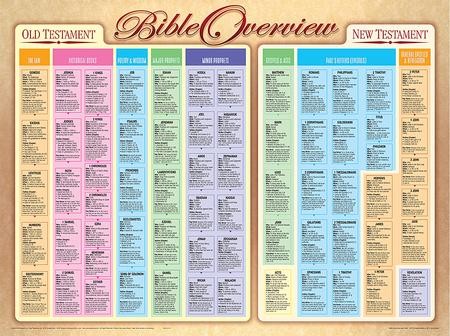

His work, though finished and intelligible to readers ignorant of Hebrew, sometimes failed to give the real meaning of the original. Giving the sense rather than the letter of the Hebrew, he turned its idioms into good Greek, used paraphrases, and translated independently of the earlier versions. Its author was an Ebionite of Jewish or Samaritan origin. This appeared at the close of the second century.

Irenæus used its text of Daniel, which was afterwards adopted in the Church. Origin gave it a place in his "Hexapla" and from it supplied parts missing in the Septuagint. It was not approved by the Jews but was favourably received by the Christians. It also showed parts not appearing in the original, as the deuterocanonical fragments of Daniel, the postscript of Job, the Book of Baruch, but not the Book of Esther.
List of bible versions free#
It held a middle place among the ancient Greek translations, preserving the character of a free revision of the Septuagint, the omissions and erroneous renderings of which it corrected. Version of TheodotionĪnother Greek version practically contemporaneous with Aquila's was made by Theodotion, probably an Ephesian Jew or Ebionite. Jerome found it of value in the study of the original text and of the methods of Jewish interpretation in the early Christian years. Then it rapidly fell into disuse and disappeared. It was the favoured among the Greek-speaking Jews of the fourth and fifth centuries, and in the sixth was sanctioned by Justinian for public reading in the synagogues.

When his version appeared, about 130, its rabbinical character won approval from the Jews but distrust from the Christians. Aquila, taking the Hebrew as he found it, proves in his rendering to be "a slave to the letter". Jerome, a pupil of Rabbi Akiba who taught in the Palestinian schools, 95-135. The first and the most original is that of Aquila, a native of Sinope in Pontus, a proselyte to Judaism, and according to St. Only fragmentary remains of them are preserved, chiefly from Origen's "Hexapla". In the second century, to meet the demands of both Jews and Christians, three other Greek versions of the Old Testament were produced, though they never took the place of the Septuagint. This, with three others, the Complutensian, Aldine, and Grabian, are the leading representative editions available. Among the Latins its authority was explicitly recognized by the Fathers of the Council of Trent, in compliance with whose wishes Sixtus V, in 1587, published an edition of the Vatican Codex. It is still the official text of the Greek Church. An account of its origin, recensions, and its historical importance has been given above (see SEPTUAGINT VERSION). The Septuagint, or Alexandrine, Version, the first and foremost translation of the Hebrew Bible, was made in the third and second centuries B.C.


 0 kommentar(er)
0 kommentar(er)
